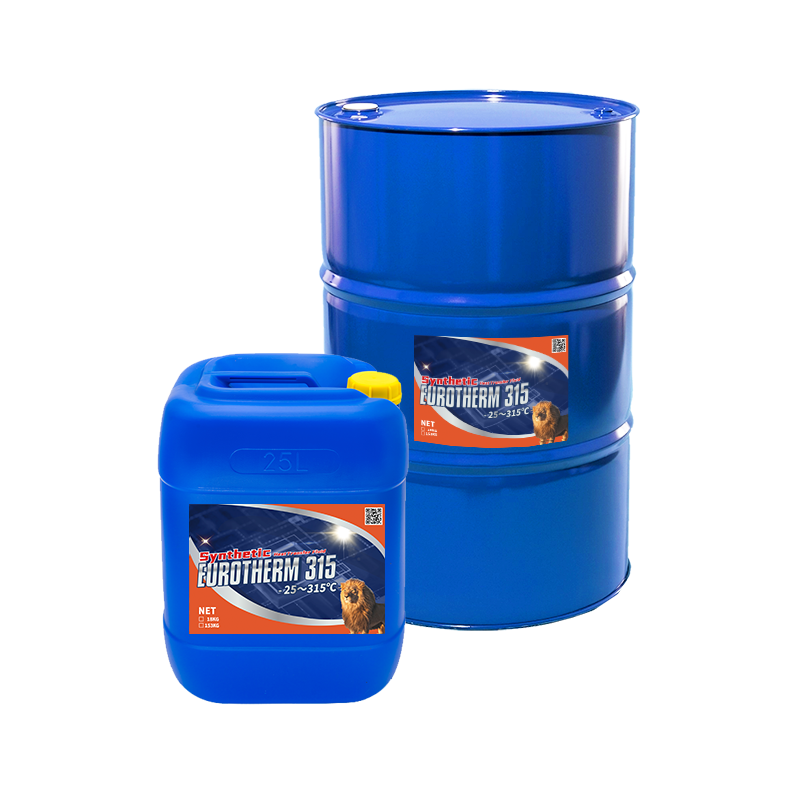Excitement About Chemie
Excitement About Chemie
Blog Article
Top Guidelines Of Chemie
Table of ContentsThe Ultimate Guide To ChemieSome Known Facts About Chemie.The Only Guide to ChemieGetting My Chemie To WorkHow Chemie can Save You Time, Stress, and Money.The Main Principles Of Chemie
By Bojanna Shantheyanda, Sreya Dutta, Kevin Coscia and David SchiemerDynalene, Inc. Fluid air conditioning, which can be accomplished utilizing indirect or straight means, is used in electronics applications having thermal power densities that might go beyond secure dissipation via air cooling. Indirect fluid cooling is where heat dissipating electronic components are physically divided from the fluid coolant, whereas in instance of straight air conditioning, the components remain in straight call with the coolant.Nonetheless, in indirect air conditioning applications the electrical conductivity can be essential if there are leaks and/or spillage of the liquids onto the electronics. In the indirect cooling applications where water based fluids with rust preventions are usually used, the electric conductivity of the fluid coolant mainly depends on the ion focus in the fluid stream.
The increase in the ion concentration in a closed loophole liquid stream may happen because of ion leaching from metals and nonmetal elements that the coolant fluid is in contact with. Throughout operation, the electric conductivity of the fluid might enhance to a degree which could be hazardous for the cooling system.
Chemie Fundamentals Explained
(https://chemie.godaddysites.com/f/revolutionizing-cooling-and-heating-solutions-with-chemie)They are bead like polymers that are capable of exchanging ions with ions in a remedy that it touches with. In today job, ion leaching tests were done with numerous steels and polymers in both ultrapure deionized (DI) water, i.e. water which is dealt with to the greatest levels of purity, and reduced electrical conductive ethylene glycol/water mixture, with the determined change in conductivity reported gradually.
The examples were enabled to equilibrate at space temperature for two days prior to taping the preliminary electric conductivity. In all tests reported in this research study liquid electric conductivity was gauged to a precision of 1% using an Oakton CON 510/CON 6 series meter which was calibrated before each dimension.
Facts About Chemie Revealed
from the wall heating coils to the center of the heater. The PTFE example containers were put in the furnace when steady state temperature levels were reached. The test setup was eliminated from the heating system every 168 hours (7 days), cooled to space temperature level with the electric conductivity of the liquid gauged.
The electric conductivity of the liquid sample was kept an eye on for an overall of 5000 hours (208 days). Number 2. Schematic of the indirect closed loophole cooling down experiment set up - therminol & dowtherm alternative. Table 1. Elements utilized in the indirect shut loop cooling experiment that are in contact with the liquid coolant. A schematic of the speculative configuration is received Figure 2.

The Definitive Guide for Chemie
Throughout operation the liquid storage tank temperature level was maintained at 34C. The adjustment in liquid electrical conductivity was kept track of for 136 hours. The liquid from the system was collected and stored. Closed loophole test with ion exchange material was lugged out with the very same cleansing procedures employed. The preliminary electric conductivity of the 230ml UP-H2O in the system determined 1.84 S/cm.

0.1 g of Dowex resin was contributed to 100g of fluid examples that was taken in a separate container. The mix was stirred and alter in the electric conductivity at room temperature level was determined every hour. The determined adjustment in the electrical conductivity of the UP-H2O and EG-LC test liquids consisting of polymer or steel when immersed for 5,000 hours at 80C is shown Figure 3.
Some Of Chemie
Ion seeping experiment: Calculated adjustment in electrical conductivity of water and EG-LC coolants consisting of either polymer or steel examples when submersed for 5,000 hours at 80C. The outcomes show that metals added less ions into the fluids than plastics in both UP-H2O and EG-LC based coolants.
Fluids consisting of polypropylene and HDPE displayed the most his response affordable electrical conductivity modifications. This might be due to the brief, rigid, linear chains which are much less likely to contribute ions than longer branched chains with weaker intermolecular forces. Silicone likewise did well in both test liquids, as polysiloxanes are normally chemically inert because of the high bond energy of the silicon-oxygen bond which would certainly protect against destruction of the product right into the fluid.
Some Known Factual Statements About Chemie
It would certainly be expected that PVC would certainly produce similar outcomes to those of PTFE and HDPE based on the similar chemical frameworks of the materials, nevertheless there might be various other pollutants existing in the PVC, such as plasticizers, that might impact the electrical conductivity of the liquid - fluorinert. In addition, chloride teams in PVC can also seep right into the test liquid and can create a rise in electric conductivity
Polyurethane completely broke down right into the examination liquid by the end of 5000 hour examination. Prior to and after images of steel and polymer examples submersed for 5,000 hours at 80C in the ion seeping experiment.
Calculated modification in the electric conductivity of UP-H2O coolant as a function of time with and without resin cartridge in the shut indirect cooling loop experiment. The gauged adjustment in electric conductivity of the UP-H2O for 136 hours with and without ion exchange resin in the loophole is shown in Figure 5.
Report this page